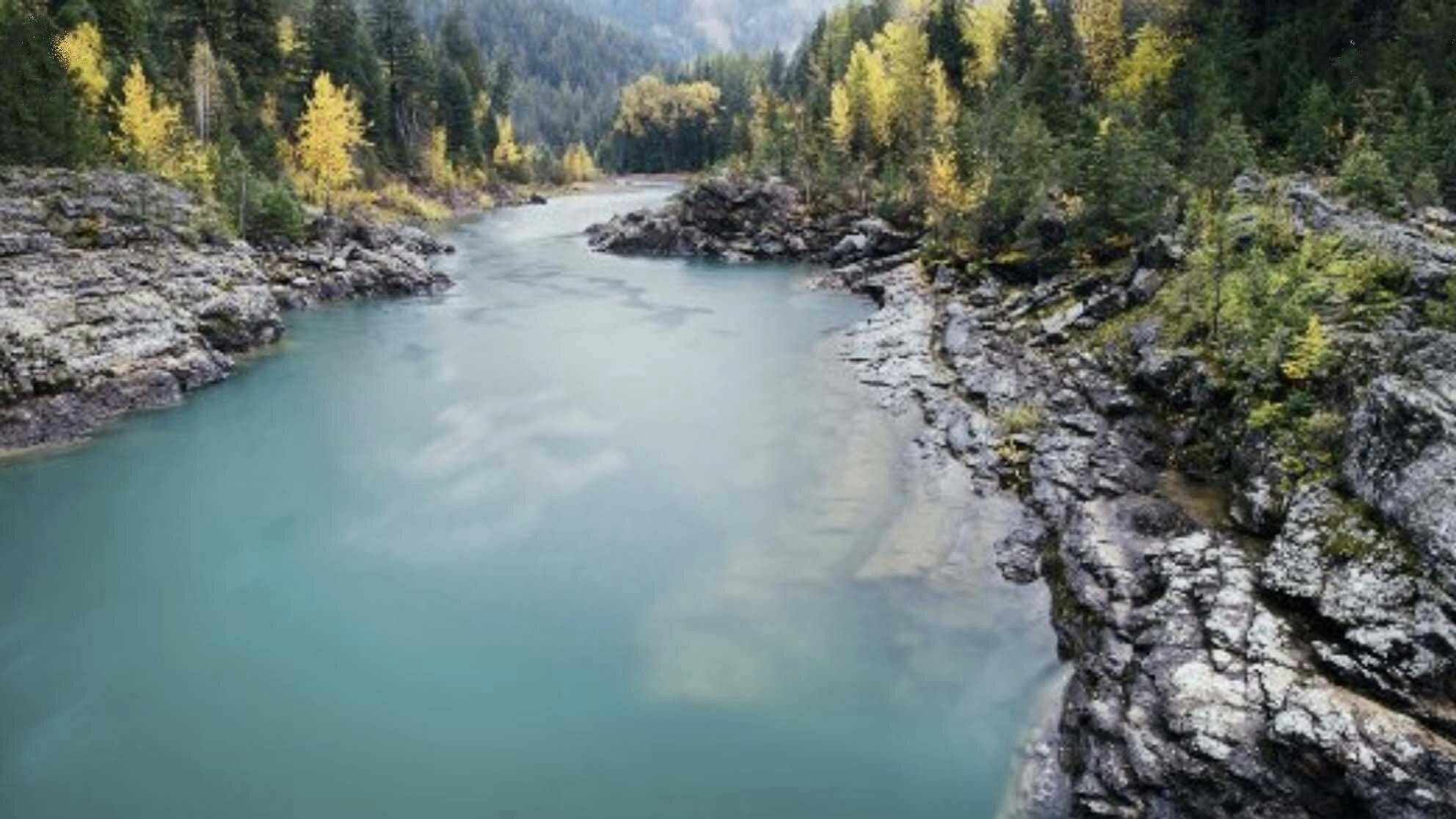Just a couple of weeks ago, the south fork of the Shoshone River in northwest Wyoming was fast-moving and full of water.
Today, there’s just a trickle.
The Shoshone River provides water for more than just agriculture, although that’s the reason Buffalo Bill Cody and his partners designed the region’s irrigation system over 100 years ago. Recreational fishing and boating are also big draws for visitors, which boosts the economy in a state in which tourism is the No. 2 industry.
Tim Wade, a fishing guide in Cody for 37 years, said because this year’s summer temperatures rose quickly, the snow built up in the surrounding mountains has already melted flowed out of the area. The result is exposed dry creek beds that shouldn’t be seen this early in the summer.
“All of our rivers and streams are dependent on snowpack,” Wade said. “And we don’t have snowpack any more. Everything blew out early, came out in May, and June runoff was over by mid-June. Usually it’s over by the second week of July. And it’s been hot, which hasn’t helped the snowpack.”
Wade said the water levels and the heat are a concern for those involved in recreational fishing, which is a big draw for tourists coming to this area.
“We’re keeping an eye on our fisheries, to make sure that the fisheries stay healthy on our guided trips and things like that,” he said. “We’ve not experienced severe water temperature increases, like other states are saying, there are some tail waters in the state that are a little warm in northwest Wyoming. But not the ones through Cody.”
Although the low water level is a problem for people who are relying on that stream flow from the mountains, the situation isn’t as dire for people who utilize water below a dam.
Layton Blanchard is the manager of Wyoming River Trips, a family owned business that has been guiding float trips down the Shoshone for over 40 years. Blanchard said when they’ve seen low water years like this before, they’ve modified their river trips to stay below the Buffalo Bill Dam.
“Below the dam, we’ve been able to kind of maintain a pretty consistent flow,” Blanchard said. “The water has been low, but it hasn’t dipped below a flow that’s runnable for us still, for it to be enjoyable for everyone.”
Blanchard noted that trips upstream of the Buffalo Bill Dam were cut short this year.
“We do full day trips up there that usually last into the first few weeks of July,” he said. “And this year, I think we barely made it to the last week of June, just because it has gotten so low. And you know, those rock exposure and things like that.”
Wade said the dam does protect fisheries by keeping water levels higher, which helps keep temperatures lower.
“The lower Shoshone is about 46 degrees coming out of the dam. And by the time it gets down to Willwood, I think it’s still in the low 60s, which is tolerable for our trout,” he said.
It’s a better situation in northwestern Wyoming, he said, than in Montana or in Yellowstone. Last week, biologists there implemented a ban on fishing in rivers and streams after 2 p.m. as the heat makes it difficult for fish to recover once they’ve been caught and released.
And Wade says his company is adapting to make sure that people who travel here to fish aren’t disappointed.
“We are changing our destinations for the float trips,” he said. “And we’re keeping those on waters where the water temperatures are low.”
The agriculture industry is seeing the need to make changes, as well, to adapt to the current situation. One irrigation district in Park County has asked water users to be patient, as there is currently insufficient water available to meet everyone’s needs.
“With the extreme heat and less-than-average snowpack, water flows in the South Fork of the Shoshone have rapidly decreased,” said a Facebook post from the Lakeview Irrigation District. “Water levels continue to fluctuate greatly over a 24-hour period at the diversion. If you are currently watering, please be quick and efficient with the water so that it can be sent to the next user. With current conditions, it is unlikely that we will be able to meet everyone’s needs but will do the most with the available water.”
Wade said while this year is a tough one for water flows, it’s not the first time it’s happened in recent years.
“It’s not our first low water year, we seem to go through this about every four or five years in Wyoming,” he said. “1996 was a much lower water year than this year. 2004 was close. And 1988, the year of the fires, was historically low. So we might be setting some record heat temperatures, but we’re not anywhere close to any record low flows.”





